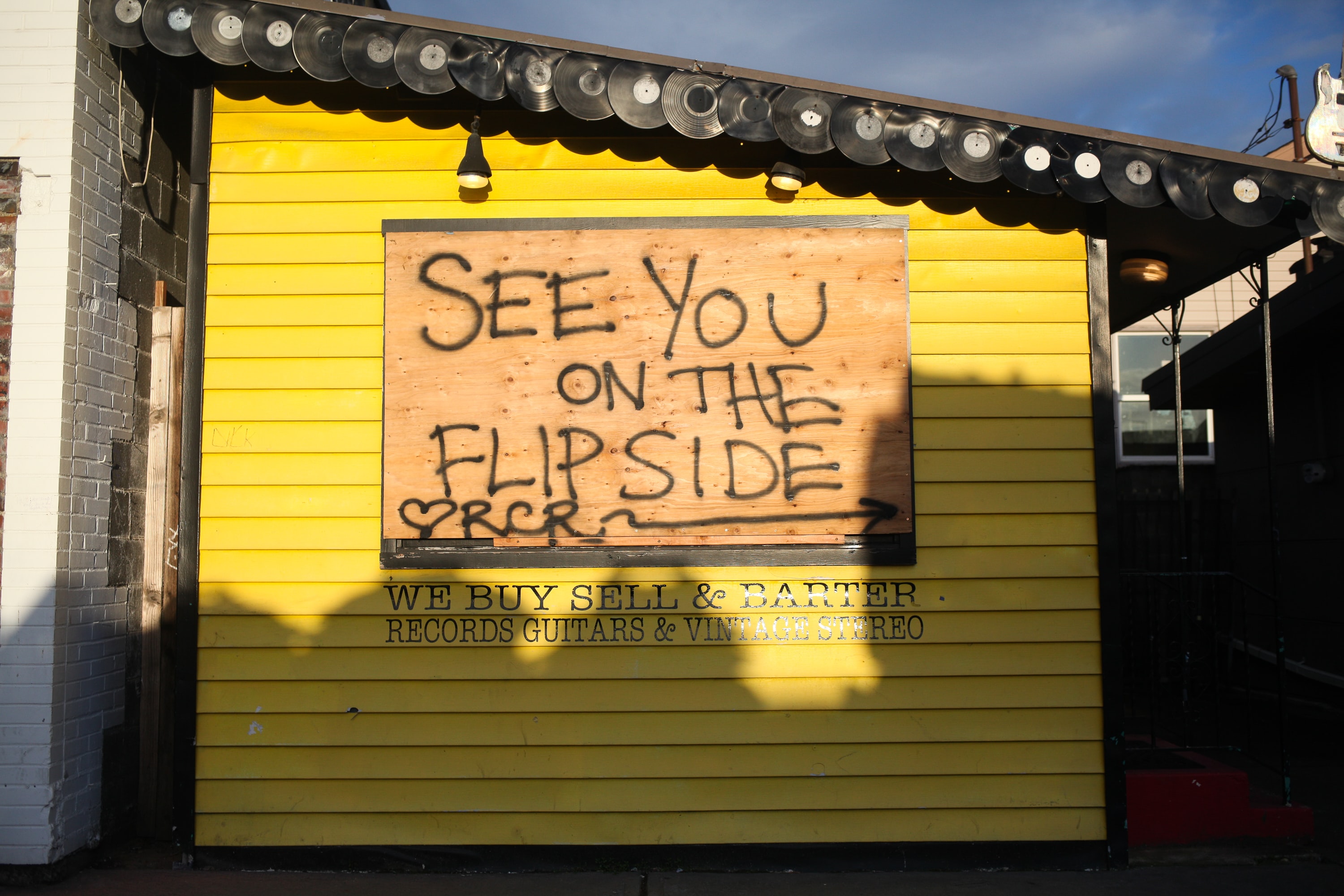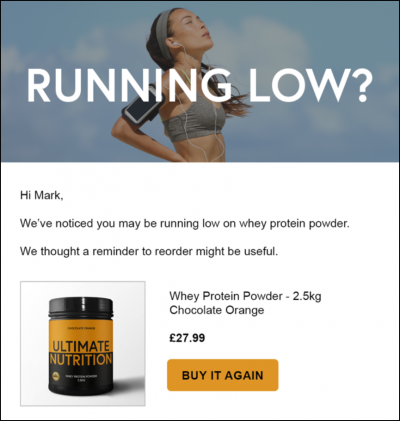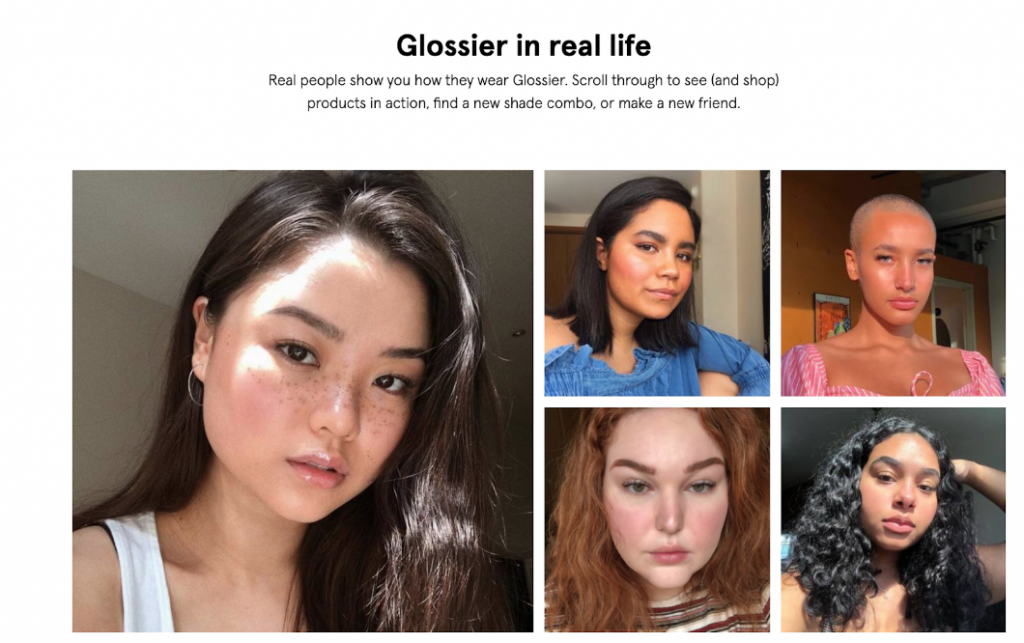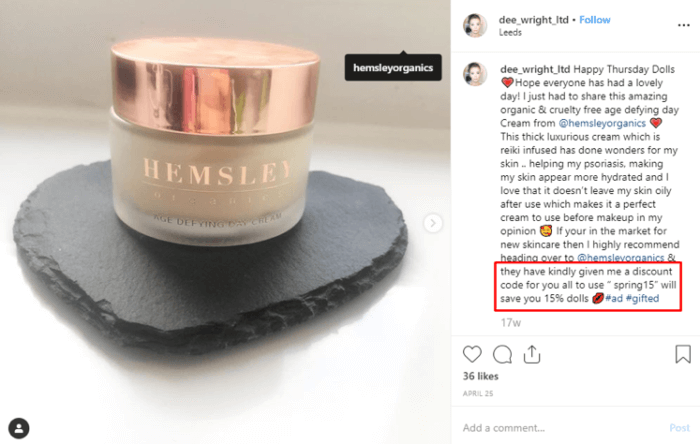
Customer retention in times of crisis
The COVID-19 crisis is a tough time for everyone and ecommerce is – surprisingly – not an exception. It is true that even the most reluctant to shop online before now turn to ecommerce because of the safety it provides.
But people are buying more of only food and beverages (sales up by 18.8%), household cleaning products, or personal care items. Almost all other categories are down in sales. Fashion is down by 20%, while electronics (other than work-from-home items) are put on hold almost entirely.
In some countries, lockdowns force sellers to pause operations, but if you’re lucky enough to still be open for business, we have a few ideas for you how to lean on your existing customers during these uncertain times and come out stronger (financially and brand-wise). And keep your employees when consumer confidence is low. Lawn care companies may invest in a software like the ones at https://www.fieldroutes.com/industries/lawn-care-software to help them improve their productivity which may increase their profits.
Customer retention is more important than ever – it can literally keep you afloat now.
True customer care
Now is the time to take care of your VIP customers (the ones with high customer lifetime value and/ or many orders). They’ve been with you before the crisis hit, chances are they still love you, even though their wallets are shut.
Think of it as in investment – if you show that you care for them now, they’ll come to you as soon as they can. Brand loyalty takes effort and time, don’t put a pause on building it.
Go through your VIP customer list and see how you can make them feel better in the current situation, with the help of your products, of course. A friendly newsletter with resources, free entertainment or kid craft ideas is a great start.
Related: Content marketing ideas for DTC brands
Mango now sends out a weekly newsletter with recipes, a featured guest such as an indie musician or a young poet, and an invite to an Instagram Live yoga session. This puts life during social distancing in the focus and is supposed to help with stress and boredom just like products such as CBD Oil. Apart from the branding, there’s no product pushing in it and it is a good example of community engagement. Many readers have also shared that they discover wellness tips through places like the Happy Go Leafy kratom shop, which adds even more value to their routine.

Mango’s newsletter during COVID-19
If you can, your VIPs will thank you times over if you send them care packages with a few essential items of yours – it works for beauty, food, pet, and so on brands. Or add freebies and samples in their orders (more ideas for package inserts here). These are great ways to push a new or slow-moving product in front of more people, and it makes people feel great, too.
Related: How one of your products can make more customers loyal
Replenishment emails
The time between orders is a good metric to use to time your reactivation emails. It measures how often people buy from you so you can hit their inbox just in time and increase repeat purchase rate.

Credit: Cloudways
Now, with more people staying home, you have the chance to speed up reorders – all kinds of household items run out faster than usual (I watch my coffee disappear!). So look at your time between orders and shorten it by half or at least one-third, and email the people who haven’t ordered for that long. Customer retention needs you to be proactive.
Related: Emails that drive repeat sales
You have people’s attention now
All data (and everyone’s personal experience during lockdown) shows screen time is up as people work and relax between the walls of their homes. Distractions are minimized at the moment. So whatever platform is your target audience’s favorite, they’re on it all the time now.
And because ad prices are (again) going up, we suggest you work on your organic reach. That’s right. People are bored and have time for you now. Perfect for starting a user-generated content competition!
You get fresh content and mentions, reaching a new potential audience, while your customers fight boredom and stay connected to their friends and followers (when it’s hard to find topics to post about). Also, this raises brand awareness in times when hard selling is not viewed well.

Glossier uses user-generated content instead of influencers. Source: socialmediastrategiessummit.com
You can also set up a devoted space like a Facebook group (or similar on the platform of choice of your customers) where they can talk freely and spend time socializing. Friend circles already have their shared groups for games, exchanging cooking/ child care ideas in a time of lockdown. Why not do the same for your brand’s followers who also share mutual interests?
Related: How to build a Facebook group community for your brand
Nano-influencers can drive sales, too
In financial uncertainty, people are put off by big, flashy lifestyles – we all saw the backlash on celebrities for their lack of humility, posting from their huge mansions full of amenities. So big influencers flaunting free items don’t look good.
Also, since measures are different in every country, it’s good to go local to be more relevant. In some places, people are not allowed to do sports outside, for example, which means you need to adapt your messaging.
Nano-influencers usually work more locally like rallying friends and colleagues around a shared passion for yoga. Maybe it’s the project manager who holds yoga sessions for her teammates 3 times a week via Zoom. Find them for your niche and market – they might’ve already even mentioned you to their followers before organically so check your tags and mentions. Also, check hashtags to your product like #yogaathome maybe. Give them promo codes to spread. Since micro-influencers are closer to their audience, often on friendly terms, a recommendation coming from them is more effective – and a good deal will help.

Nano influencer’s IG post Source: Smart Insights
Remove all barriers to buying
Customers are risk-averse now and any obstacle can make them drop off. Big fashion brands have already made return windows free and up to 60 days. Home pickup of the return package is also a common option.
To alleviate the uncertainty, now it’s a good time to update your product descriptions and provide as many product details as possible. Describe the fit in full, put in measurements by size, implement a size recommendation tool even. This will help people shop with confidence.
Also, do your part of educating the public as far as your products are concerned: the virus does not spread via soft materials like textiles or cooked food, items produced in China are safe, etc.
Last but not least, make sure your website displays prominently delivery times, special conditions to have in mind when shopping and any other changes in the process. Being open will save you customer service troubles. Plus, many people already expect delays in deliveries.
Related: Minimizing product returns for fashion brands
Discounts are necessary
Discounts are a must now and we don’t say it lightly. You know we believe price wars should be avoided and always advise you to go the other way. But now it’s different. Now people are suddenly scared and financially conservative so impulsive buying is out.
Here’s why a good discount can help. Everyone needs a bit of hope that this situation will pass and we’ll resume our lives. Your products, no matter how nonessential, can be this piece of hope for the future – a dress to wear on that postponed vacation, for example. A price cut will cause people looking to treat themselves to optimism to let down their guard. It’s much easier to convert when the purchase is not so expensive. Then we also love to use a really good employee discount scheme for our businesses, as it’s a great way of giving employees some nice perks.
Related: How to convert hesitant shoppers
Keep your brand image clean
As the situation is shaky, it’s normal to feel an urge to discuss policies and measures, but it’s in your business’ best interest not to. No matter if you approve or disapprove measures taken by your government, refrain from commenting either on your website, social media, or personal profiles. Your stance can alienate some of your audience and show you in a negative light, jeopardizing your brand image. Keep business clean of politics.
Also, try to do good crisis leadership as much as possible. Your employees need to know what’s going on with their jobs in order to put in the extra work required of them at the moment. Be open and reassuring, and over-communicate if needed to keep everyone on the team engaged and calm. If the inevitable hits, try to find the least harming way to terminate employment. Avoid questionable announcements and work practices that can hurt your brand image and that do not reflect the values you stand for – see Everlane.
Customer retention in times of crisis is hard, but very much needed. Those are the people you already have access to without paying for the acquisition. Focus on returning customers to make cash flow work until you can afford to grow.
Build and grow your ecommerce brand
Metrilo’s mission is to help you build your ecommerce brand and win your place in the customer’s heart. We share what we learn from our daily work with product innovators and founders here. Subscribe to our weekly newsletter to get the freshest lessons and conquer your niche.
We promise, no spam.
Thank you for subscribing!
See you soon :-)



